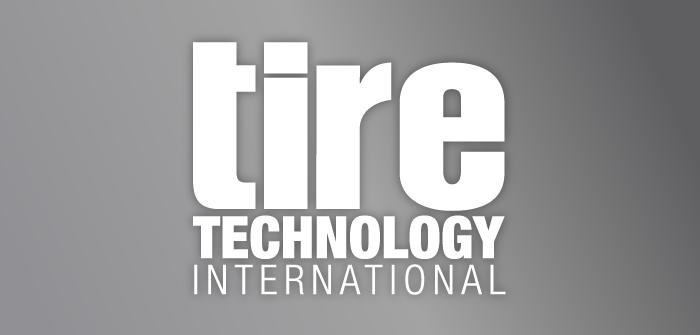What are the key current technol ogy trends and how are these affecting the types of R&D projects being conducted at Pirelli?
ogy trends and how are these affecting the types of R&D projects being conducted at Pirelli?
The most important projects are geared in two directions. Firstly, toward sustainability – the reduction of CO₂ emissions and fuel consumption and therefore rolling resistance as well as the reduction of noise – and toward connectivity.
We are focused on developing new materials because although we can modify the tire structure, most performance improvements can be achieved only by working on the interface between the rubber and road. We are looking into new synthetic rubbers, new catalysts and new silicas for example.
How are these trends affecting the way R&D is conducted at Pirelli?
The scale-up of new materials today is 10 times faster than it was 20 years ago, so here we have to be selective but we also need to take risk. We need to test things and be more experimental. This requires support from universities and suppliers with more expertise than us.
R&D at the moment is also focused on new behaviors – autonomous driving for example has also forced us to reconsider the future of tires – and although some of us have many years of experience, we have a different perception to those who are newer to the industry, so we work closely with startups because we can learn a lot from the younger guys. You have to be very humble and open, ensuring you don’t dismiss any idea.
We need to be flexible – our R&D structure changes roughly every two years – we need to develop our skills and integrate differently. We have a concept called ‘incubators’ which basically means we are always thinking about what will happen in five years.



